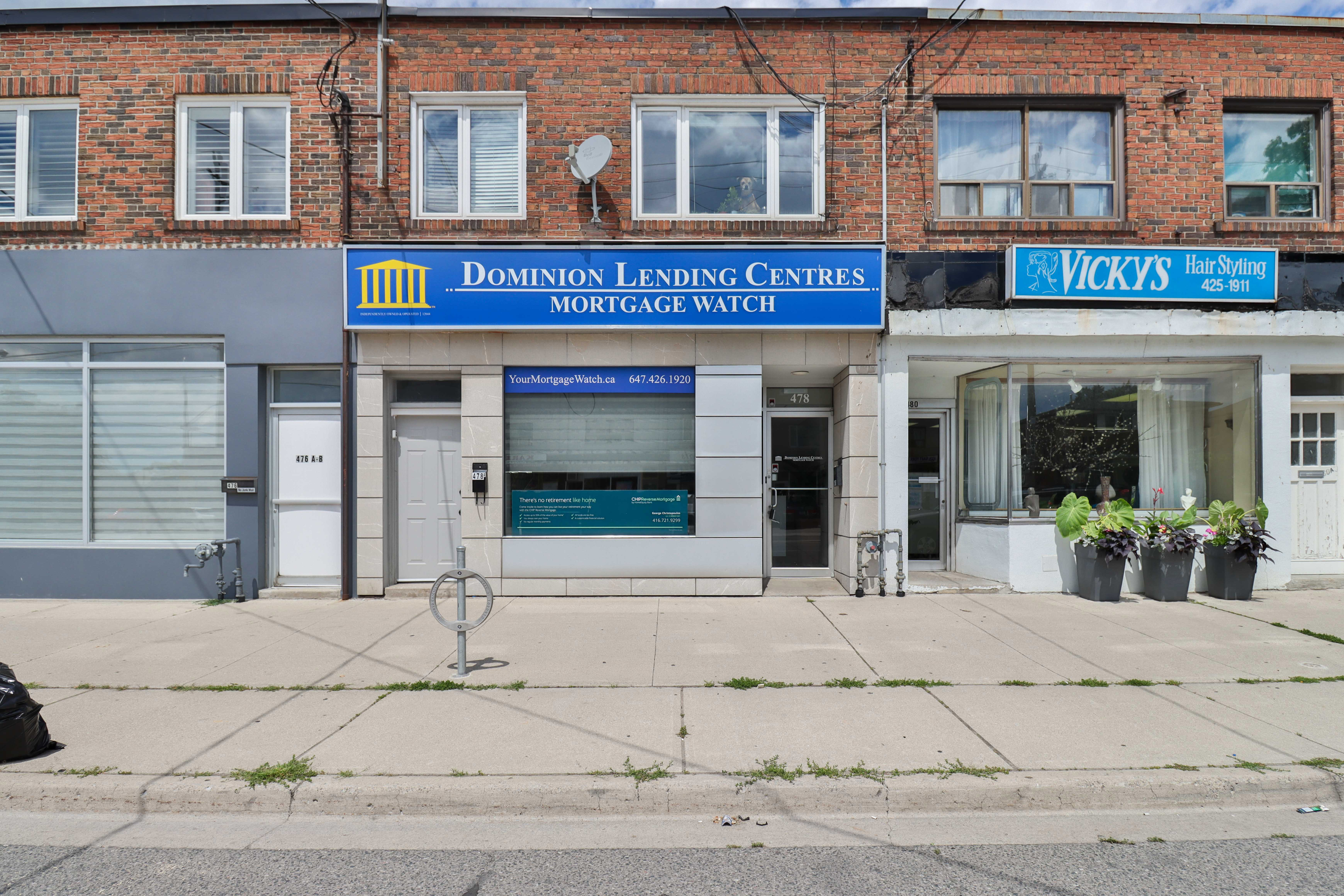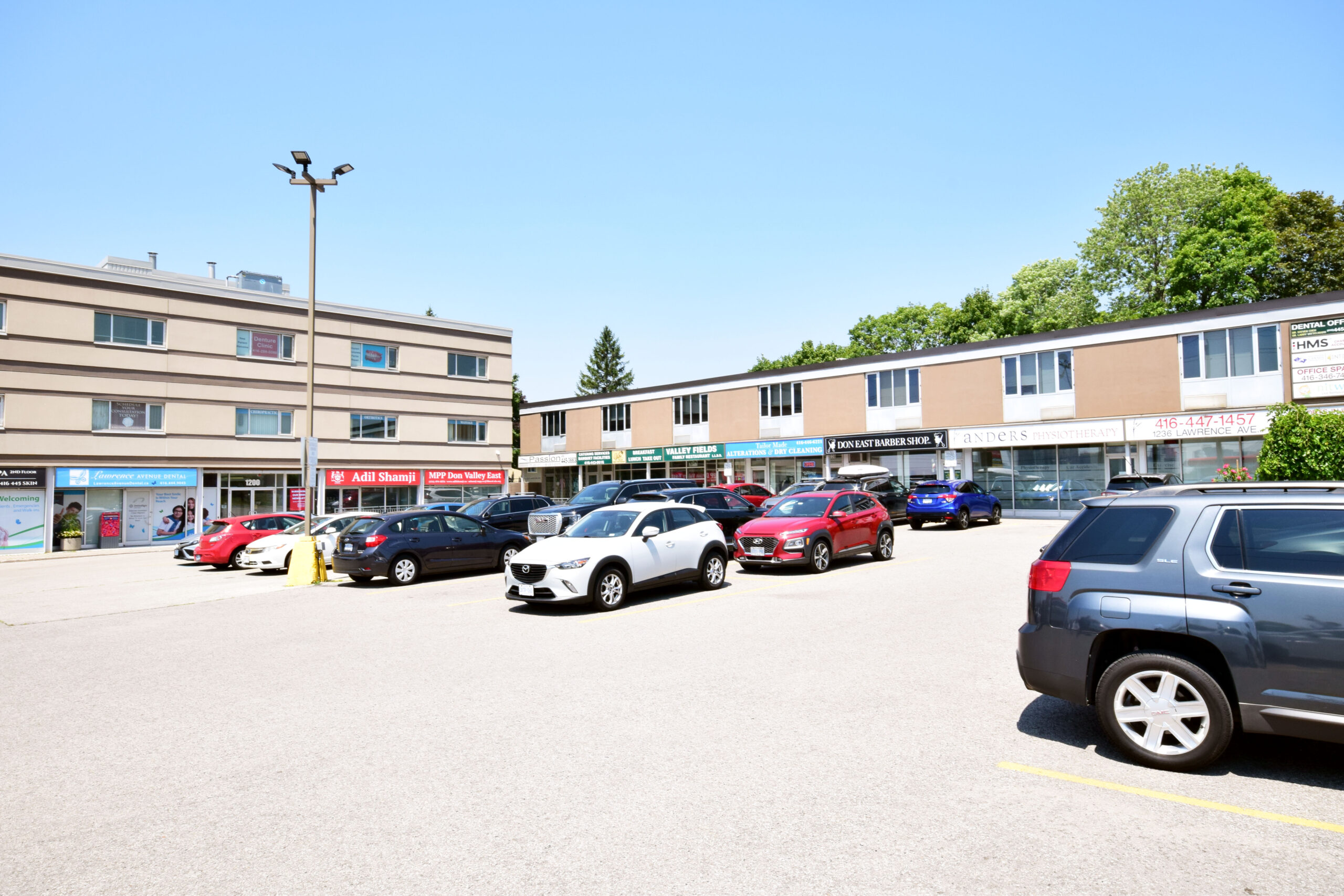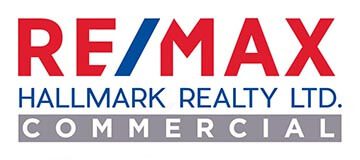How Culture-Driven Placemaking Is Shaping Real Estate Strategies For 2025

How Culture-Driven Placemaking Is Shaping Real Estate Strategies For 2025
Culture-driven placemaking is becoming a key strategy in real estate, influencing how spaces are designed to foster community engagement and authenticity. This approach is particularly shaping hotel strategies, with operators focusing on integrating hotels into vibrant neighborhoods rather than traditional downtown locations.
GUEST SUBMISSION: Over the past decade, we saw how the rise of Instagram and social media influencers helped scale a greater interest in creative placemaking in real estate. But that rush to drop in a colourful and flashy art piece for that perfect photo moment is now fading behind us.
What we are now seeing is a major shift in our industry, with a greater desire for placemaking and public art that is focused on culture-driven strategies to help give place a greater sense of purpose and identity. We are seeing this not just with developers and asset owners, but also with city spaces and infrastructure projects.
This greater appreciation is also being reflected in conversations we have been hearing from hotel owners.
It used to be, you could put up a nice hotel anywhere downtown and business would follow. Now hoteliers are strategically looking to embed themselves in destination neighbourhoods, with active communities that have authentic identities.
Running down placemaking trends
With that in mind, here are some other emerging placemaking trends we expect to see more of in 2025.
- A greater demand from developers and asset owners for bringing in placemaking experts earlier in the planning and design phase of a project. While it is true that art can be dropped-in to make a space look beautiful and draw a crowd, there is now a growing understanding that the real power and economic impact of a placemaking strategy comes when it is integrated in the design and planning of a building, community or master plan from the start. Northcrest Developments, a Canadian developer leading the development of the former Downsview Airport in Toronto, understands this very well. We worked with them very early on, to incorporate an Art, Culture & Creative Placemaking Master Plan and Public Art Plan as part of their site plan application to the City of Toronto. We are also working with municipalities like the City of Brampton, who are taking a similar approach to their urban planning, to help guide strategic decision-making processes and investments for future public art projects across the city.
- A greater focus on local art that tells a story about the community. Developers and asset owners are looking to work with more local artists who can bring deep and authentic knowledge and connections to an area.
- Creative assets that make a space functional. Moving away from installations that are merely pretty to look at, there is now a greater demand for public art strategies that bring more live engagement and function to a space. A great example of this is work we did with Shape Properties to create a “Play on the Plaza” art installation, a pop-up summer activation at a retail plaza just outside Vancouver. It consisted of a series of brightly coloured modules designed as functional seating and integrated with 10 different game zones such as cornhole, table tennis, checkers, chess, pucket and tic-tac-toe.
- Repurposing of vacant and unexpected spaces to create new social spaces, also referred to as “third spaces.” In addition to bringing in more function, we are also seeing placemaking strategies that give underused public spaces a social purpose. A key driver of this trend is the need for cities to help reduce the social isolation that many are still feeling post pandemic. Inflation right now is another driver. Because people are spending less money on shopping, dining and entertainment, there is now a greater need for free engaging public spaces that bring people together to socialize.
- Transit hubs becoming cultural destinations. We are starting to see more and more airports thinking differently about their infrastructure and their role in cities as social and cultural destinations. We recently started working with Dallas Fort Worth International Airport on a public art and media strategy, that aims to transform the airport into a cultural destination. San Francisco International Airport is another great example, using art to transform the airport from a place to pass through into a meaningful experience.
-

A holiday art installation at Royalmount in Montreal. (Courtesy MASSIVart) Greater focus on sustainability and using authentic materials. With the rising need for asset owners to meet more rigorous sustainability mandates, we are starting to see art installations using natural elements and modular pieces that can be adapted and reused year after year. For a recent holiday installation at Royalmount in Montreal, reusability was an important consideration. When it comes to using organic materials, the work of New York-based architect, designer and artist Neri Oxman fuses nature with our built environment. It’s experimental and very cutting edge, but provides a great source of inspiration.
With so much pressure on cities, property owners and developers to build, reimagine and protect assets that will generate long-term value, placemaking strategies today must deliver on many fronts.
But the most important thing will still always be to build a physical and emotional connection between the community and the places they share.
Source Renx.ca. Click here for the full story.
You must be logged in to post a comment











